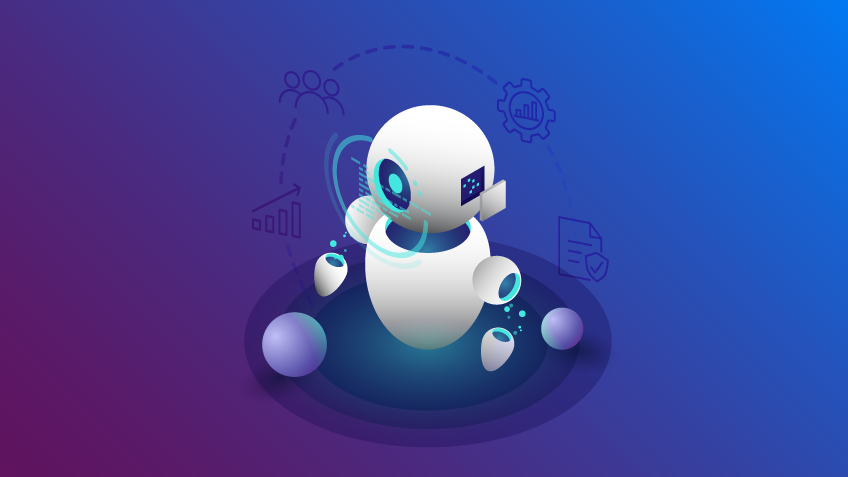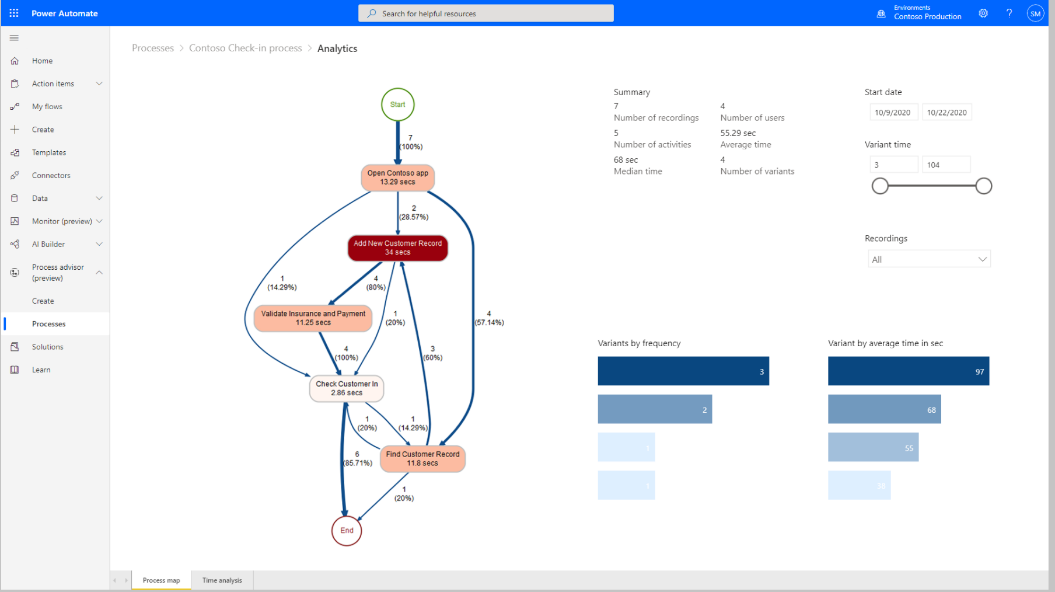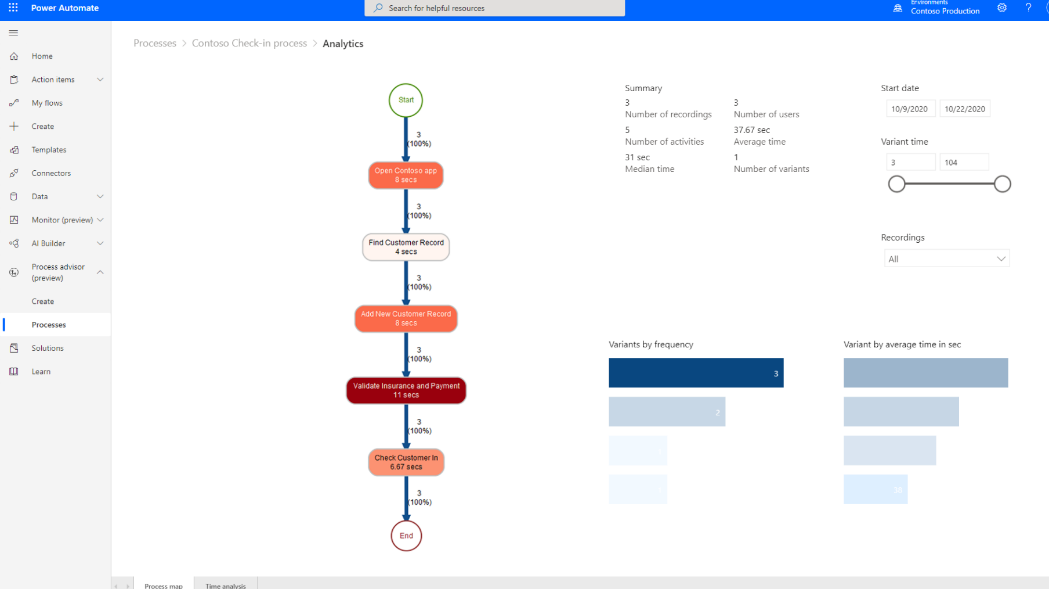RPA (Robotic Process Automation) is one of the technological trends of recent years, and its adoption has accentuated over the course of the pandemic of 2020. Process automation with RPA has become a mantra for organisations. In a context where people have been working remotely, outside the office and far away from each other, it was noticed that there were several weaknesses in processes that were too dependent on human intervention. Considering the growing digitalisation of businesses in the most varied industries, automation becomes ever more urgent since it is precisely by automating different processes that companies can generate internal efficiencies and become operationally more effective.
Although the technology has been around for some time, it’s expected for its growth to continue to be felt in different companies and markets, mainly because, as mentioned, the pandemic has increased the interest of organisations in these technologies. According to Gartner, by 2024, large organisations will triple the capacity of their RPA portfolios, and the research company also predicts that almost half of all new RPA customers will be from business profiles, and not just IT.
In this sense, the adoption of RPA technology is more pressing than ever. The benefits of implementing this type of tool in organisations are many: achieving greater productivity in different processes, reducing the chances of human error, achieving rapid ROI and even the scalability that the technology allows us, among others. We could offer many arguments for you to start revolutionising your organisation’s internal processes today or, if you aren’t doing it yet, why you should become aware of how this specific technology will evolve.
Two RPA Power Automate features that you won’t want to miss
Our Digital Xperience business unit has been accumulating some experience with robotic process automation technologies over the years. Through Microsoft Power Platform and, more specifically, through Power Automate, we have been exploring and demonstrating to different clients the true potential of this technology. As such, we want to highlight two different features that can help you get the most out of this technology when you adopt it in your organisation.
1) Process mining
The process advisor component is one of the most recent RPA features in Power Automate. To put it simply, process mining is a tool that allows us to discover, monitor and collect detailed information to improve business processes. It’s effortless to use this feature: by recording the exact steps of each process, we can generate a visual map of the process we’re trying to analyse. Using this map, we will then be able to identify opportunities for improvement, examining the details of the different steps of the process. This feature also provides essential insights and metrics to determine what causes entropies in processes and identify immediate improvements. We can create greater efficiencies in different processes and improve methods of work within the organisation. We will have all the essential information to optimise the internal processes that could potentially be reflected in the customer’s experience.
Image 1: Visual map of a process (source: Microsoft)
Image 2: Process Advisor insights area (source: Microsoft)
2) Document automation
The document automation feature was introduced, like the previous one, very recently and combines the best of RPA technology with that of Artificial Intelligence. The purpose of this feature is to help organisations extract and interpret different data from documents (be they structured or not) to automate the entire document interpretation and processing process, starting from an email with invoices and receipts to the approval of those documents before they are filed in the organisation’s ERP. Companies can gain scale processing the different receipts and invoices they receive throughout the day while freeing their employees’ time for more complex tasks that provide greater value to the organisation – with significant time gains as to what regards the remaining tasks of the accounting teams related with the processing of expenses. The flow is simple: the first step begins with the reception of invoices into an inbox. AI Builder then analyses the documents using a model created and trained specifically for the purpose. Once this analysis has been completed, if necessary, the information can be validated by an employee to ensure that it is all correct. After validation, the data is then inserted into the ERP or any other system that the organisation already uses. Finally, it’s always possible to follow and monitor the process to ensure that all steps are running as expected.
Image 3: Document automation flow (source: Microsoft)
Next steps
Automation was one of the technological trends identified in our new Banking report – Banking Industry: Digital Banking in a New World, and this technology, as mentioned in the beginning, will continue to grow over the coming years. RPA technology is an essential step to consider in the digitalisation journey that companies will have to continue along to modernise themselves and to remain competitive in the increasingly digital economy in which we live.
Do you feel like experimenting with RPA technology and the features we just shared with you to start automating the most repetitive manual processes of your day-to-day? If you’re considering adopting this technology in your organisation or want to understand better the potential that RPA has to revolutionise your company’s agility and productivity, reach out to us. We will be happy to help you take this vital step for the future of your organisation.

Digital Xperience Evangelist – Xpand IT


















